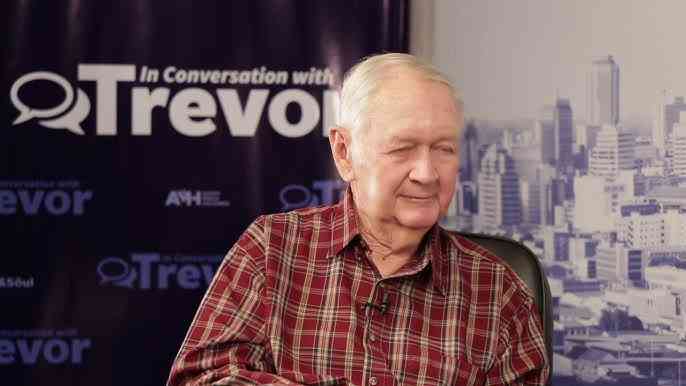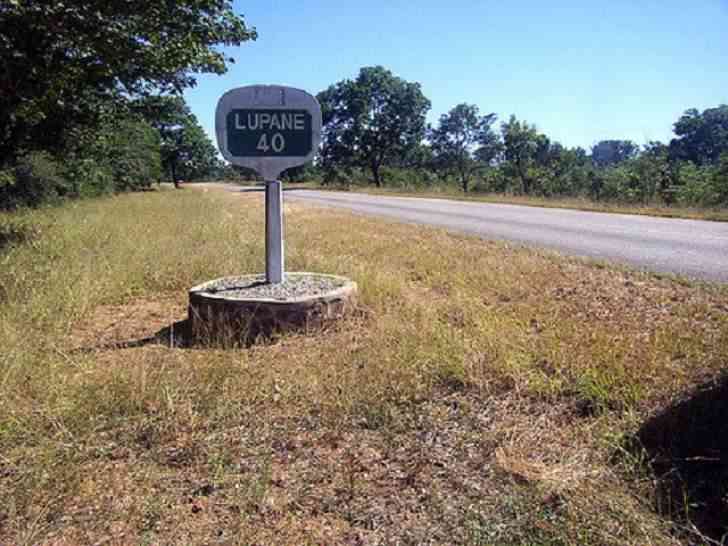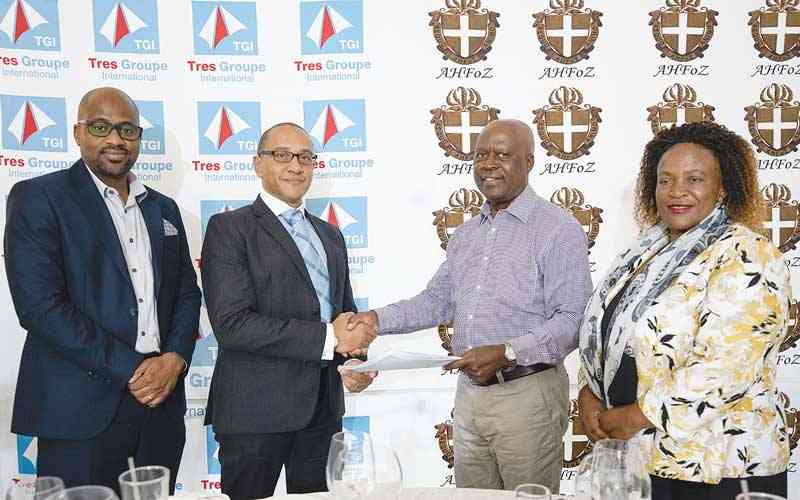
INTENSIVE Energy Users Group (IEUG) chairperson Eddie Cross says private players are driving over 16 000 megawatts (MW) worth of power generation projects to help bridge Zimbabwe’s widening electricity supply gap.
This comes as the country’s power utility firm, Zesa Holdings, has capital requirements of US$2 billion, which is limiting its ability to provide steady power.
Independent power producers (IPPs), primarily from the mining and industrial sectors, are investing in solar, coal and hydroelectric projects to secure consistent power amid persistent blackouts and rising tariffs.
The IEUG represents Zimbabwe’s largest electricity consumers across the mining, manufacturing and agriculture sectors. The group champions sustainable energy solutions, particularly through IPPs, to reduce the reliance on the strained national grid and improve industrial competitiveness.
“We’ve accepted the challenge from the President [Zimbabwe President Emmerson Mnangagwa],” Cross said during last week’s Chamber of Mines of Zimbabwe’s annual conference held in Victoria Falls.
“At this moment, we have around 16 000MW of new power production under development: 2 000MW (solar), 2 000MW (coal) and 12 000MW (hydro). If we can deliver this at competitive rates, we will solve our problems as the private sector.”
Zimbabwe’s peak electricity demand exceeds 2 000MW, yet generation remains unstable, fluctuating between 1 000MW and 1 400MW due to capacity limitations at the Kariba South Hydro and Hwange thermal power stations.
These limitations have left most sectors of the economy vulnerable to loadshedding and erratic supply, despite the government’s efforts to stabilise the sector.
- Mines propose fresh power import deal
- Motorist robbed while relieving self
- RBZ shifts blame to companies
- Forex retention policies ruin mines
Keep Reading
Cross said private players were constructing five coal-fired power stations and four hydroelectric plants, with most of the financing coming from Chinese investors.
He noted that Zimbabwe’s rapidly expanding lithium sector alone would require 350MW by year-end, while ferrochrome producers need up to 2 000MW.
Mining is a power-dependent industry that needs significant electricity supplies for production.
“The Chinese business community is leading that investment,” Cross said.
“They’re putting their own money on the table because they realise Zesa can no longer carry this load. Zesa told them, ‘If you need power, create it. ’”
One example is Blanket Mine, which has leveraged IEUG and solar power to maintain uninterrupted production.
“In 2024, we supplied Blanket Mine with US$17 million worth of privately generated electricity,” Cross said.
He said this resulted in an increase in revenue for the mine.
“Multiply that impact across 600 gold mines and imagine the national benefit,” Cross said.
He also revealed that the European Union and the British government are now offering concessional financing for Zimbabwe’s solar and energy transition projects, signalling a major policy shift toward green and decentralised energy solutions.
“It’s a clear sign that the world is moving toward decentralised, sustainable energy and we must move with it,” Cross said.
Zimbabwe Electricity Transmission and Distribution Company’s electricity trading and system operations senior manager, John Diya, defended the move of getting mining sector players to pay into escrow accounts to import power.
He said the funds were earmarked for imports, insurance, legacy debts and critical spares.
“If we released those funds, as some clients demand, we’d lose the ability to raise money for imports. That would collapse the whole system,” Diya said.










